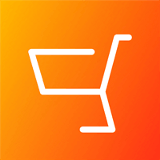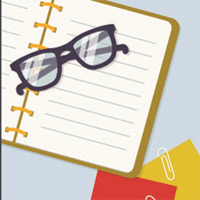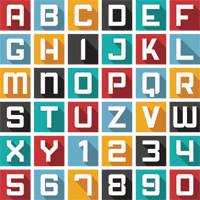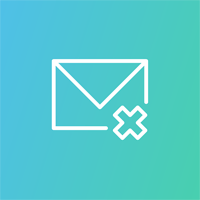Graduate From Email Marketing 101

By E.J. McGowan, General Manager of Campaigner
Email is an immensely powerful channel for any marketing team. This "tried-and-true" digital method has continuously provided returns and it is only expected to continue to do so.
A 2013 report by MarketingSherpa revealed that marketers saw a 60 percent return on investment (ROI) on email marketing, and the 32 percent who did not, expected that it eventually would produce an ROI. Yet there are still claims that the increasing presence of social media will mark the decline of email, and in turn social commerce will bring an end to email marketing altogether.
Well, they're wrong. Email marketing has a 40 times higher customer acquisition rate than that of Facebook and Twitter combined, according to research from global consulting firm McKinsey & Company. Additionally, marketers' campaigns are only getting better through tactics such as A/B split testing, segmentation and the use of transactional emails - ultimately pushing email marketing full force into the age of automation. Instead of turning to the "new trend" of social commerce, it's time for digital marketers to master what they already know. Push the Cart Across the Purchase Line
Too often, shopping carts get abandoned in the purchasing process. The Baymard Institute crunched the numbers over the years and reports a whopping 68 percent average abandonment rate. Retailers can avoid missing out on potential revenue by giving shoppers a "nudge." Something as simple as setting up auto-responders to remind customers when they have items left in their cart will help move products from wish lists to purchased.
Build Rapport and Customer Loyalty
Auto-responders can serve as more than just reminders. Start small with automated emails that send thank-you or transactional emails - personalized, triggered messages sent based on a specific action like new website sign-ups. These small but important steps can offer a big payout. In fact, Experian found that recipients opened transactional emails nearly 100 percent of the time, referred to them more than once and engaged with them at higher rate than other promotional emails. Additionally, there is a 20 percent higher transaction rate for transactional emails that include cross-sell items versus those without - definitely a strategy to consider.
Secure New Leads Effortlessly
When a prospect downloads a whitepaper or attends a webinar, those are moments to secure potential email list recipients. Have an automatic follow-up (e.g. autoresponders) that asks them to conduct a demo, or follow-up messages that will concentrate on the specific products or information requested. This also helps with email segmentation, providing useful data on customer preferences that will help brands optimize their promotional outreach. With automated Web activity triggers in place, email marketers hardly need to lift a finger to follow up with dozens of new leads.
Establish a Cadence
Although auto-responders can be extremely effective, it is important to tread lightly with an appropriate level of follow-up, avoiding a point where customers feel overwhelmed. Establish a cadence that will help customers come to expect the arrival of a brand's message. Here, building upon the segmentation process is key. Understand customer preferences and don't only use that for email content, but also to see when they are most likely to read emails or how often they actually filter through their inbox. As mentioned above, make sure to implement the auto-responses confirming purchases or shipping information. These "reassuring" emails show customers a company is active and reliable, and will prove to be a great way to build trust with customers.
Ultimately, creating automatic modes of engagement at different levels provide multiple touch points that increase the likelihood of a completed purchase. So, don't fall behind, take advantage of the opportunity to take your email-marketing initiatives to the next level.










